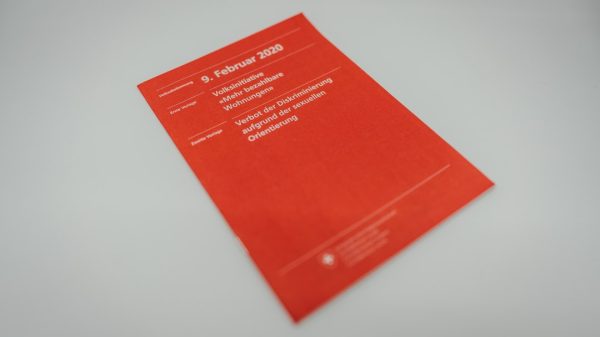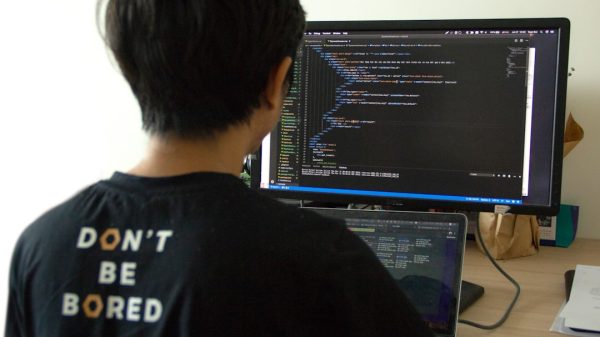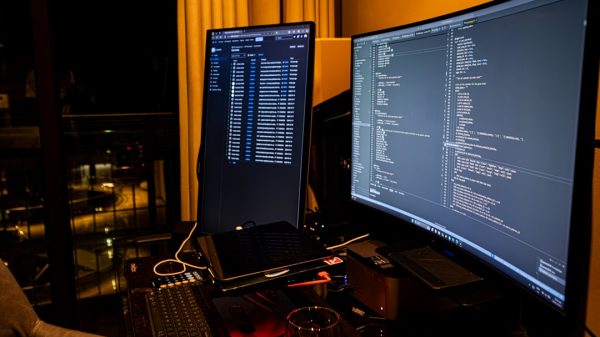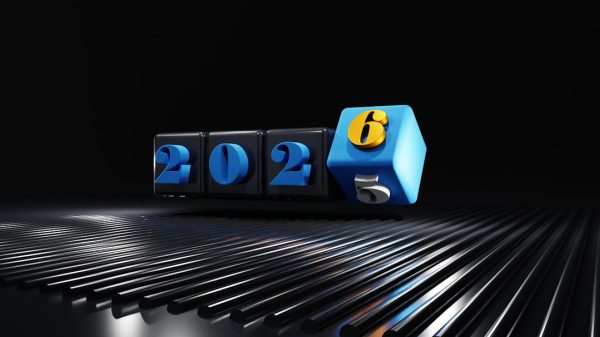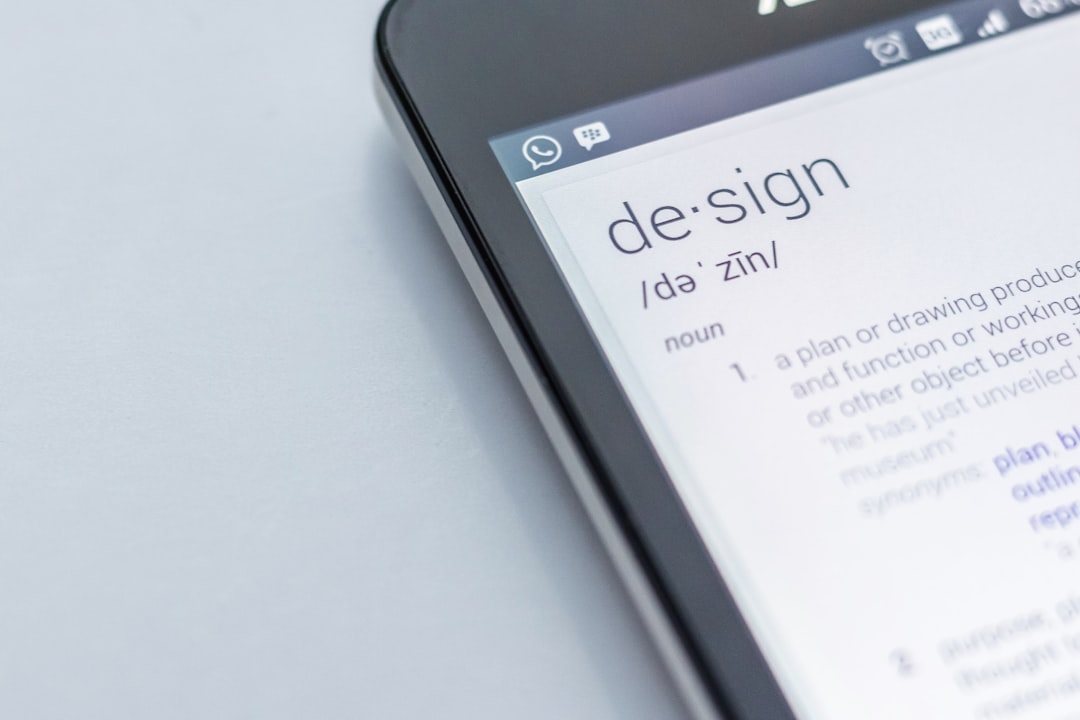Over the past decade, the world of design has undergone a dramatic transformation. What was once the domain of trained professionals using complex software has now opened up to the masses, thanks to intuitive platforms like Canva. These DIY design tools have empowered entrepreneurs, marketers, educators, and even hobbyists to create high-quality visuals without prior design experience. Yet, as artificial intelligence (AI) continues to evolve, what does the future hold for DIY design platforms? The integration of AI is not just enhancing these tools — it’s reshaping the very fabric of visual communication.
The Rise of the DIY Design Movement
DIY design tools emerged as a solution to a growing need for fast, affordable, and accessible visual content creation. Canva, launched in 2012, quickly became a household name by offering drag-and-drop design features, templates, and a library of stock photos and fonts. It set a benchmark for user-friendly design.
Other platforms like Crello (now VistaCreate), Adobe Express, and Snappa followed suit, making it easier than ever for non-designers to produce professional-looking graphics for social media, newsletters, event flyers, and presentations. These platforms democratized design, giving small businesses and individuals tools that were previously locked behind expensive software and specialized skills.
However, despite their simplicity, design tools still required users to make decisions about layout, color, typography, and messaging. This is where AI begins to step in, automating those decisions based on data and design principles.
How AI Is Transforming Design Tools
AI is not replacing creativity; it’s augmenting it. The evolution of AI-driven design tools focuses on reducing the manual work behind aesthetics and optimization. Tools powered by machine learning are now capable of:
- Generating design layouts based on brief user input
- Recommending fonts and color palettes that enhance readability and mood
- Auto-resizing content for multiple platforms and formats
- Writing headlines and captions using natural language processing
- Removing or replacing backgrounds in one click
- Predicting engagement based on image content and structure
Platforms like Canva and Adobe Express are already incorporating these features. Canva’s “Magic Design” uses AI to suggest templates and layouts after analyzing a user’s uploaded content. Adobe’s “Sensei” AI enhances everything from photo editing to image tagging to layout generation.

The Rise of Generative Design
The next evolutionary phase in the DIY space is generative design. Tools like DALL·E and Midjourney allow users to create entirely new images from text prompts. Imagine typing “a minimalist logo for a vegan coffee shop using earth tones” and receiving multiple custom options almost instantly. This level of automation accelerates ideation and removes design bottlenecks.
Moreover, generative AI is not limited to static graphics. Some emerging tools can generate short videos, animation sequences, and even web layouts based on simple prompts. This makes it easier for users to experiment and iterate, giving rise to hyper-personalized design workflows.
Benefits for Small Businesses and Creators
For small businesses, solopreneurs, and content creators, the AI revolution in design represents a major advantage. These users no longer need to hire professional designers or spend hours learning Photoshop to create meaningful content.
Some of the top benefits include:
- Faster turnaround times for marketing campaigns and content
- Lower costs associated with professional services
- Better branding consistency thanks to automated templates
- Data-informed design choices that improve performance
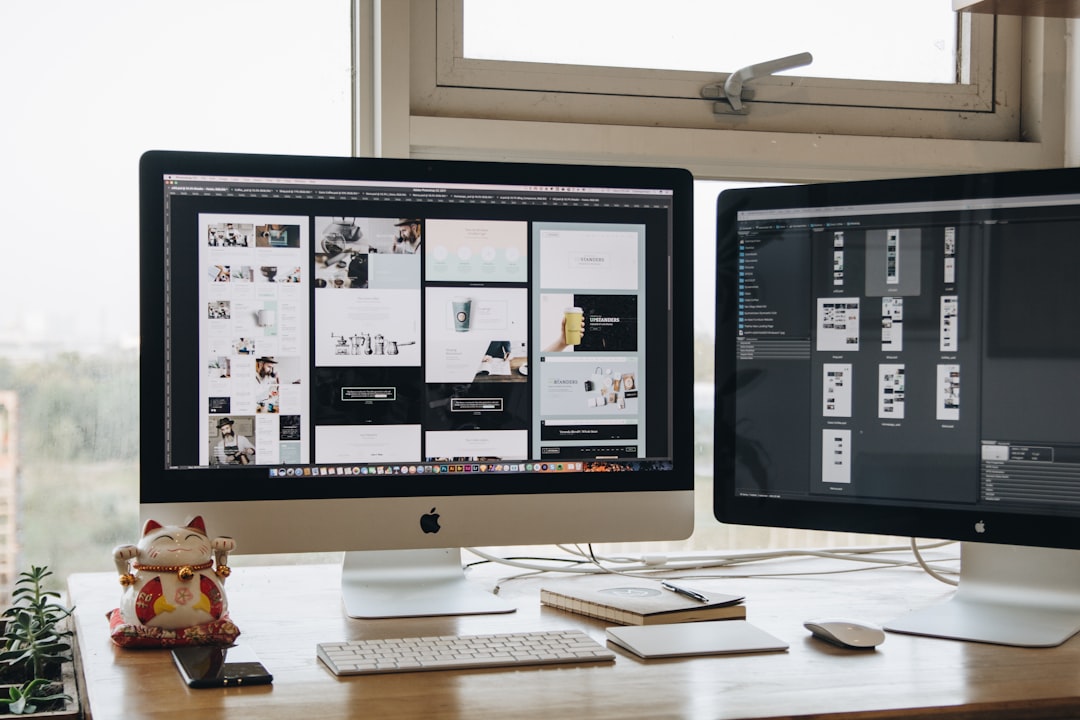
Challenges and Ethical Considerations
As with any powerful technology, the integration of AI into design carries risks. For one, the possibility of design homogenization arises when everyone uses the same sets of templates and AI algorithms. Originality — a critical aspect of branding — may suffer as a result.
There are also ethical considerations when using AI-generated content. Issues involving copyright, data privacy, and creative attribution are still being debated. For example, if an AI generates a design based on hundreds of copyrighted images, who owns the final output?
Moreover, AI design tools may unintentionally reinforce cultural biases or produce visuals that lack inclusivity unless explicitly programmed to do otherwise. This makes it essential for developers and users alike to be keenly aware of the ethical implications of AI use in creative fields.
The Future: Toward Intelligent Design Assistants
We are quickly moving from design tools to design collaborators. Future iterations of AI design platforms could function like intelligent assistants — understanding brand voice, audience preferences, and even campaign goals to offer personalized, strategic design suggestions.
Imagine an AI that knows your brand’s monthly publishing schedule and prepares a social media campaign that includes visuals, captions, and optimal posting times — all tailored to your audience’s preferences. This is not science fiction; several startups are already experimenting with similar features.
Eventually, AI may enable fully voice-activated design creation. Users might say, “Create a promotional image for a spring sale with 25% off, using pastel colors and a modern feel,” and the tool will deliver completed visuals in seconds.
Conclusion
The DIY design industry is at a turning point. While tools like Canva have already revolutionized access to graphic design, the integration of AI promises to push these capabilities even further. Whether it’s through generative imagery, intelligent templates, or predictive design feedback, AI is unlocking levels of speed, personalization, and creative empowerment never seen before.
However, users must remain vigilant. With great power comes the responsibility to use design tools ethically and thoughtfully. As we look ahead, one thing is clear — the future of DIY design is not just about doing it yourself, but doing it smarter with AI at your side.
Frequently Asked Questions (FAQ)
-
What is a DIY design tool?
A DIY design tool is software that allows non-designers to create visual content such as posters, social media graphics, and presentations using user-friendly interfaces and templates. -
How is AI changing DIY design?
AI is automating many design tasks, making it easier to generate layouts, choose colors, write copy, and personalize content without needing professional expertise. -
Is Canva considered an AI-powered tool?
Canva has integrated some AI features, such as Magic Design and image background removal, but it is rapidly adding more as the technology evolves. -
Can AI replace graphic designers?
AI can assist with many design tasks, but it cannot fully replace human creativity, intuition, and cultural understanding. It is more of a partner than a replacement. -
Are AI-generated designs copyright-free?
This remains a legal gray area. Users should consult specific platform guidelines and consider using AI tools that provide licensing or usage rights documentation.










